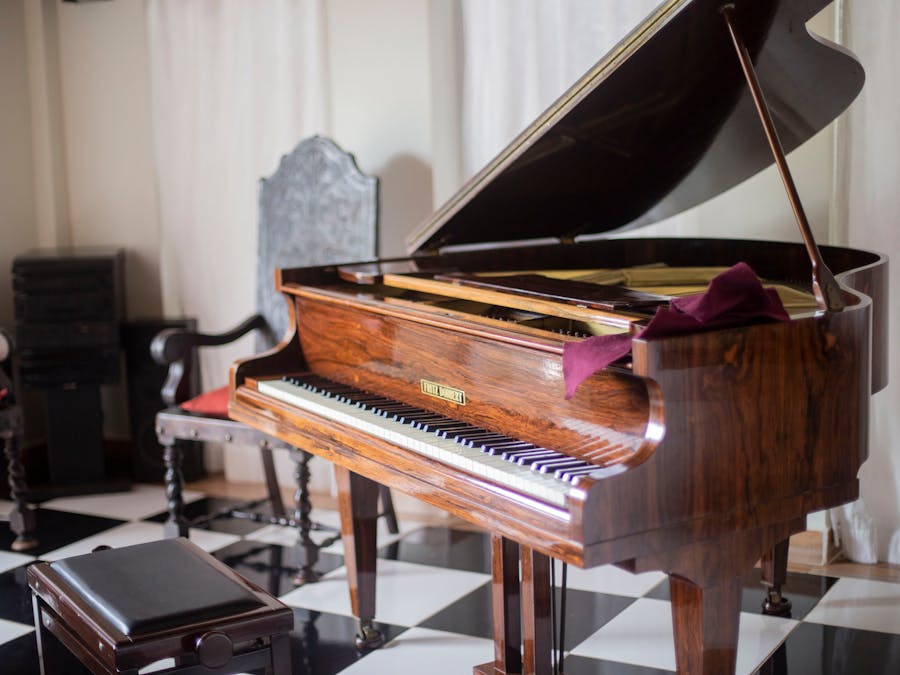 Piano Guidance
Piano Guidance
 Piano Guidance
Piano Guidance

 Photo: Marta Wave
Photo: Marta Wave
Pianists use their muscle memory to remember all the notes while playing. When a pianist plays a piece their muscle memory helps them to play the notes without necessarily having to remember every single note.

If you want to be a professional classical performer, you're looking at a minimum of 10 to 15 years of concentrated study with a master teacher,...
Read More »
Yet this hard-to-get design is well worth it. Steinway & Sons. As one of the most respected and famous piano brands on the market, Steinway & Sons...
Read More »
Pianoforall is one of the most popular online piano courses online and has helped over 450,000 students around the world achieve their dream of playing beautiful piano for over a decade.
Learn More »Pianists have different ways of memorising and remembering all the notes in piece of music. What is so fascinating about music is that each one of us understands and relates to it differently. In this respect we have many different ways of understanding and learning music. Having said that there are fundamental steps that need to be taken, in order to memorise piano music. Here are 5 important steps: Learn the basic structures used in piano music Identify these structures using the music sheet Start sight reading the piece Learn each major part in the piece separately Learn the musical phrases within the major parts Keep practising and be patient until you gain muscle memory on the notes The first step as mentioned above is to learn the basic structures of a piece of music or this case a piece written for piano. Every piece of music is formed of structures known as the form. Depending on the different genres that a piano piece is written based on, it can be formed of 2 to 3 major parts.

Why Is It So Hard? Let's kick off by understanding why the C major can be so hard to learn. The main reason is due to the stretch that all three...
Read More »
Yes, digital pianos require servicing; just not as much as classic, wooden ones. This is because, contrary to what most people think, digital...
Read More »
Firstly, if the flute lesson with half-an-hour duration, it can cost anything from $25 to $40. If you opt for a lengthy flute lesson, such as...
Read More »
Here are two pieces of music played at Beethoven's funeral services, one composed by him, one not: Beethoven's Equali for four somber trombones,...
Read More »The more pieces that you learn in your piano lessons or practise sessions, the more similar structures you discover and thus remembering all the notes will become less complex and demanding.

30 seconds Currently, for Spotify to register a stream as legitimate – and thus to pay the artist royalties – a consumer needs to listen to the...
Read More »
For children, the piano is excellent choice to begin on. It offers more instant gratification for those first few music lessons, it breaks up the...
Read More »
The key of C contains 7 notes: C, D, E, F, G, A, B; we can mix up these notes to play melodies. If all of the your favorite pop songs were played...
Read More »
The 11 Hardest Musical Instruments to Learn Violin. The violin is a wooden stringed instrument that's part of a larger family of similar...
Read More »